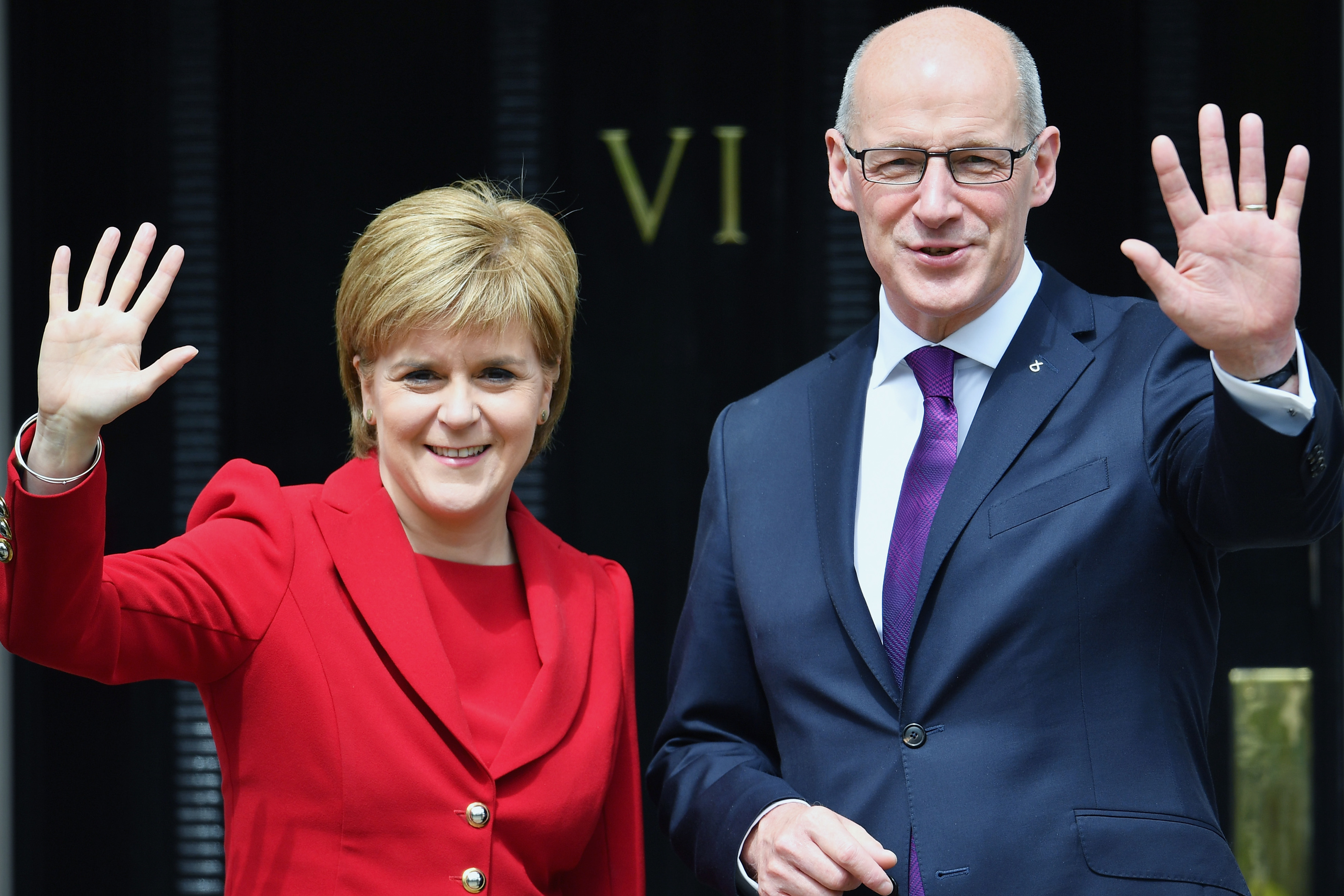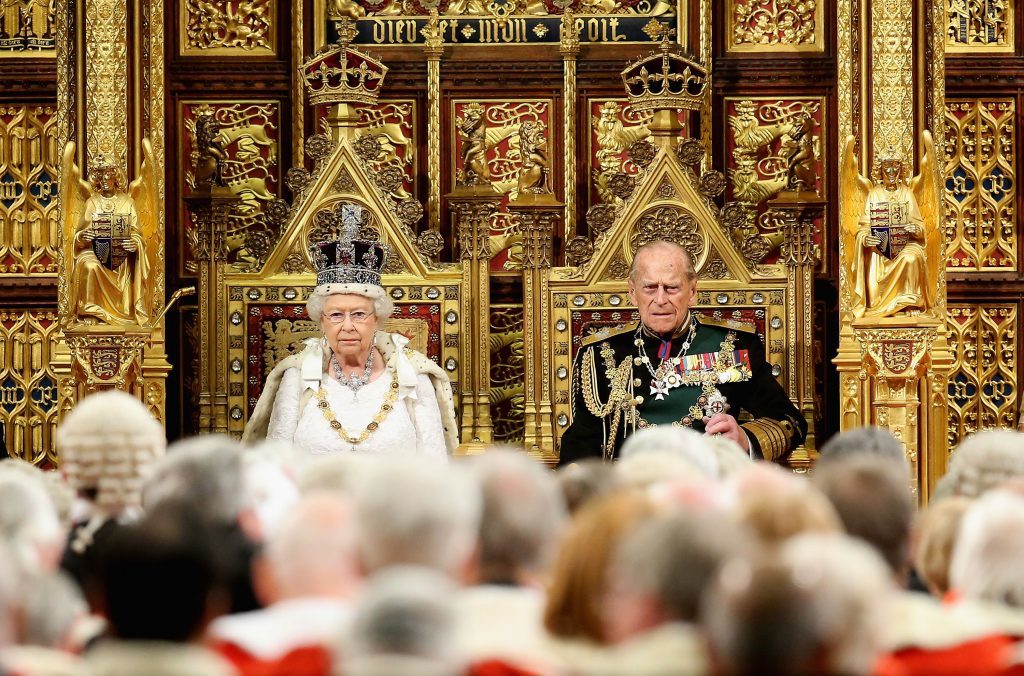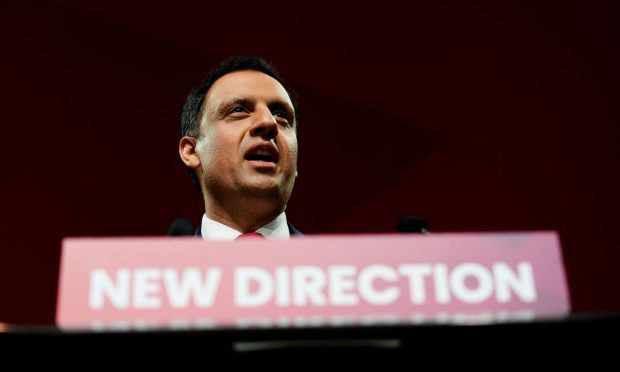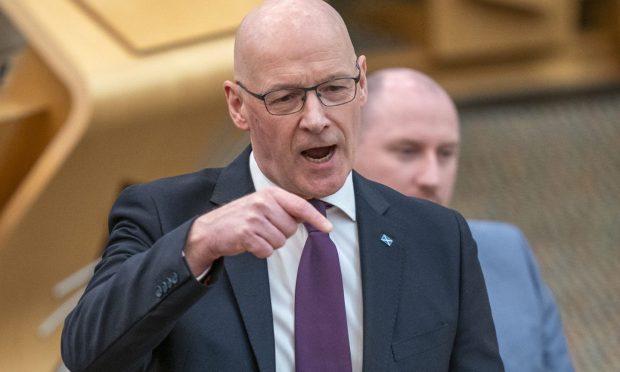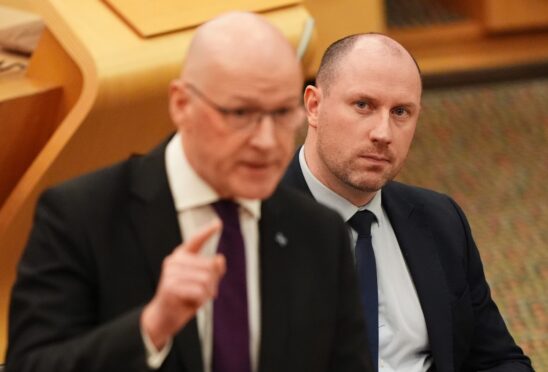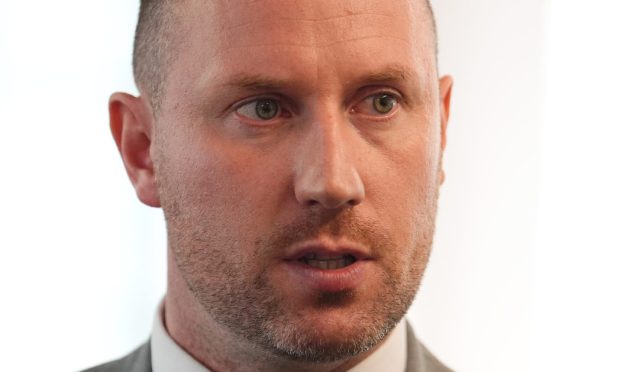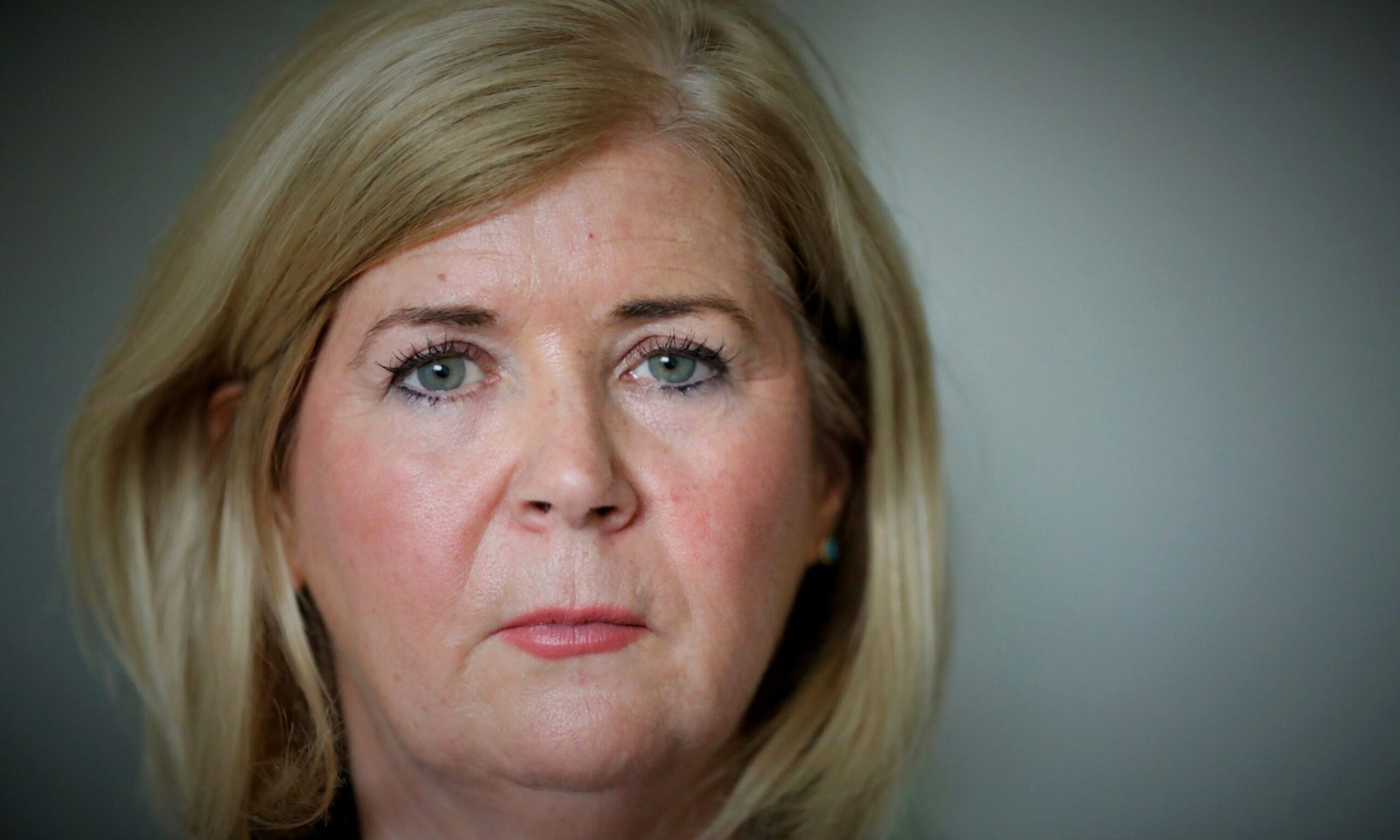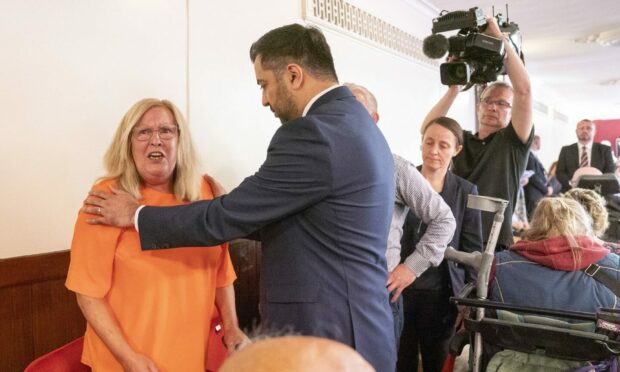The UK Government has urged the SNP to put political differences aside and implement the Tories’ priorities for Scotland – but Nicola Sturgeon said the Queen’s Speech starkly illustrates “the divergent priorities” of the governments at Holyrood and Westminster.
Scottish Secretary David Mundell, the only Conservative MP in Scotland, said the UK and Scottish governments should “work together to achieve our common aims”.
SNP leader Ms Sturgeon, Scotland’s First Minister, said she is “willing to work with the UK Government on areas of common interest” but said there are “evidently areas of fundamental disagreement”.
More than half of the 21 Bills set out in the UK Government’s legislative programme will apply to Scotland in full or part while Bills on the NHS, justice and education will have no direct impact in Scotland.
The Scottish Secretary singled out the delivery of sweeping new powers in the Scotland Bill as a “major priority” but Ms Sturgeon said the Bill has not delivered what was agreed in the cross-party Smith Commission on devolution.
Mr Mundell said: “Holyrood is now poised to become one of the most powerful devolved parliaments in the world, following the passage of the Scotland Act 2016.
“Ensuring the smooth transfer of those new powers will be a major priority for the UK Government over the next parliamentary session and beyond.
“Let’s put our political disagreements aside where we can, work together to achieve our common aims and focus on delivering a better future for Scotland.”
Ms Sturgeon said: “The Scottish Government is willing to work with the UK Government on areas of common interest and where we can come up with constructive solutions to problems that we both face.
“However, there are evidently areas of fundamental disagreement between us – and the legislative programme set out in The Queen’s Speech today could not demonstrate more clearly the divergent priorities of the two governments.
“The recent election victory has given me a mandate to lead a government with a progressive agenda, and indeed the wider make-up of the Scottish Parliament reflects that progressive view.
“This approach is at odds with the programme announced today.”
Ms Sturgeon singled out the renewal of Trident, the repeal of the Human Rights Act, continued austerity and signals of “yet more cuts to welfare” as further evidence that the Queen’s Speech is at odds with the SNP’s “progressive agenda”.
The Law Society of Scotland said proposals to introduce a British Bill of Rights should be an opportunity for the government to improve on the current Human Rights Act.
Michael Clancy, the society’s law reform director, said: “It could include a provision of a better way to amend legislation which has been declared incompatible with ECHR by the courts.”
The Scottish Human Rights Commission said there is “no appetite for a British Bill of Rights in Scotland”.
Commission chair Judith Robertson said: “The Human Rights Act already does a perfectly good job of protecting the fifteen rights and freedoms contained in the European Convention on Human Rights.”
